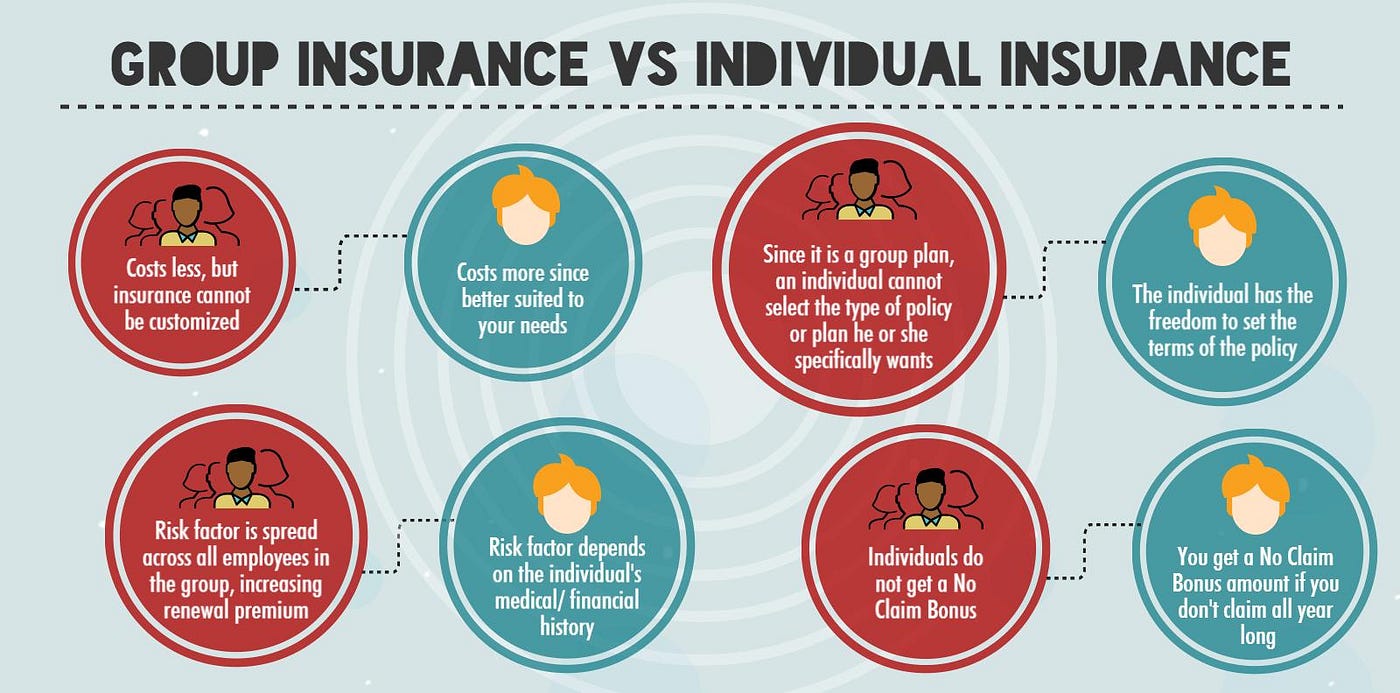The Single Strategy To Use For Medicare Advantage Agent
Table of Contents9 Easy Facts About Medicare Advantage Agent DescribedHow Medicare Advantage Agent can Save You Time, Stress, and Money.The 9-Second Trick For Medicare Advantage Agent

follows from adheres to the perplexing young fairly profile of account uninsured with without insurance better healthMuch better health and wellness average, standard younger persons. For those without access to work environment health and wellness insurance coverage, bad health and wellness is a potential barrier to purchasing nongroup coverage due to the fact that such insurance coverage might be extremely priced, exclude preexisting problems, or be just not available. Unless otherwise noted, nationwide price quotes of individuals without wellness insurance policy and percentages of the populace with various kinds of protection are based on the CPS, the most commonly utilized resource of estimates of insurance protection and uninsurance rates.

A Biased View of Medicare Advantage Agent
Over a three-year period beginning early in 1993, 72 million people, 29 percent of the U.S. population, lacked coverage for at the very least one month. Within a solitary year(1994), 53 million people experienced a minimum of a month without insurance coverage(Bennefield, 1998a). 6 out of every 10 without insurance adults are themselves used. Functioning does improve the likelihood that one and one's family participants will have insurance policy, it is not a warranty. Even participants of family members with two full time wage earners have nearly a one-in-ten chance of being without insurance (9.1 percent without insurance rate)(Hoffman and Pohl, 2000 ). The relationship in between wellness insurance coverage and accessibility to care is well developed, as recorded later in this phase. Although the connection in between medical insurance and wellness end results is neither direct neither easy, a substantial professional and health services research literature links medical insurance protection
to improved access to care, much better top quality, and boosted personal and populace wellness standing. As an example, the 2nd record, on individual wellness end results for without insurance grownups, is stood for by the innermost circle of the figure, while the third report, on family health, incorporates the topics of the 2nd record however stresses a various system of analysis, specifically, the household. The sixth record in the series will offer info regarding techniques and initiatives undertaken in your area, statewide, or country wide to deal with the lack of insurance policy and its negative effects. Degrees of evaluation for taking a look at the effects of uninsurance. This conversation of health and wellness insurance protection concentrates mainly on the united state population under age 65 due to the fact that essentially all Americans 65 and older have Medicare or other public insurance coverage.
Moreover, it concentrates specifically on those with no medical insurance for any type of size of time. The issues encountered by the underinsured remain in some respects similar to those encountered by the without insurance, although they are usually much less extreme. Uninsurance and my response underinsurance, nonetheless, entail distinctly different policy problems, and the methods for addressing them may vary. Throughout this research and the 5 records to comply with, the main focus is on individuals without health insurance and thus advice no help in paying for healthcare past what is available via charity and safeguard institutions. Wellness insurance policy is an effective element affecting receipt of treatment since both clients and physicians reply to the out-of-pocket cost of services. Health insurance, nevertheless, is neither necessary neither adequate to access to clinical solutions. The independent and straight impact of health
insurance insurance policy protection access accessibility health wellness is well establishedDeveloped Others will acquire the wellness treatment they need also without health insurance policy, by spending for it expense or seeking it from service providers that supply treatment free or at highly subsidized prices. For still others, wellness insurance policy alone does not make certain receipt of treatment due to other nonfinancial barriers, such as an absence of healthcare service providers in their community, restricted access to transportation, illiteracy, or linguistic and cultural differences. Formal research study concerning uninsured populaces in the USA dates to the late 1920s and early 1930s when the Board on the Expense of Healthcare generated a collection of records about financing medical professional workplace check outs and hospitalizations. This issue became prominent as the numbers of clinically indigent climbed throughout the Great Anxiety. Empirical studies continually support the web link between access to care and improved wellness outcomes(Bindman et al., 1995; Starfield, 1995 ). Having a routine source of care can be thought about a forecaster of accessibility, instead of a direct procedure of it, when health end results are themselves utilized as gain access to indications. This extension of the concept of gain access to dimension was made by the IOM Board on Keeping Track Of Accessibility to Personal Healthcare Solutions(Millman, 1993, p. Whether or not moms and dads are insured appears to impact visit whether their youngsters get treatment as well as just how much careeven if the children themselves have coverage(Hanson, 1998). The health and wellness of parents can impact their capability to care for their children and the level of family tension. Worrying concerning their kids's accessibility to care is itself a source of tension for parents. Three phases adhere to in this record. Phase 2 gives an introduction of how employment-based medical insurance, public programs and specific insurance policies run and communicate to offer substantial however insufficient coverage of the U.S. population. This consists of a testimonial of historical trends and public policies influencing both public and exclusive insurance, a conversation of the communications amongst the different sorts of insurance policy, and an exam of why people relocate from one program to one more or wind up
